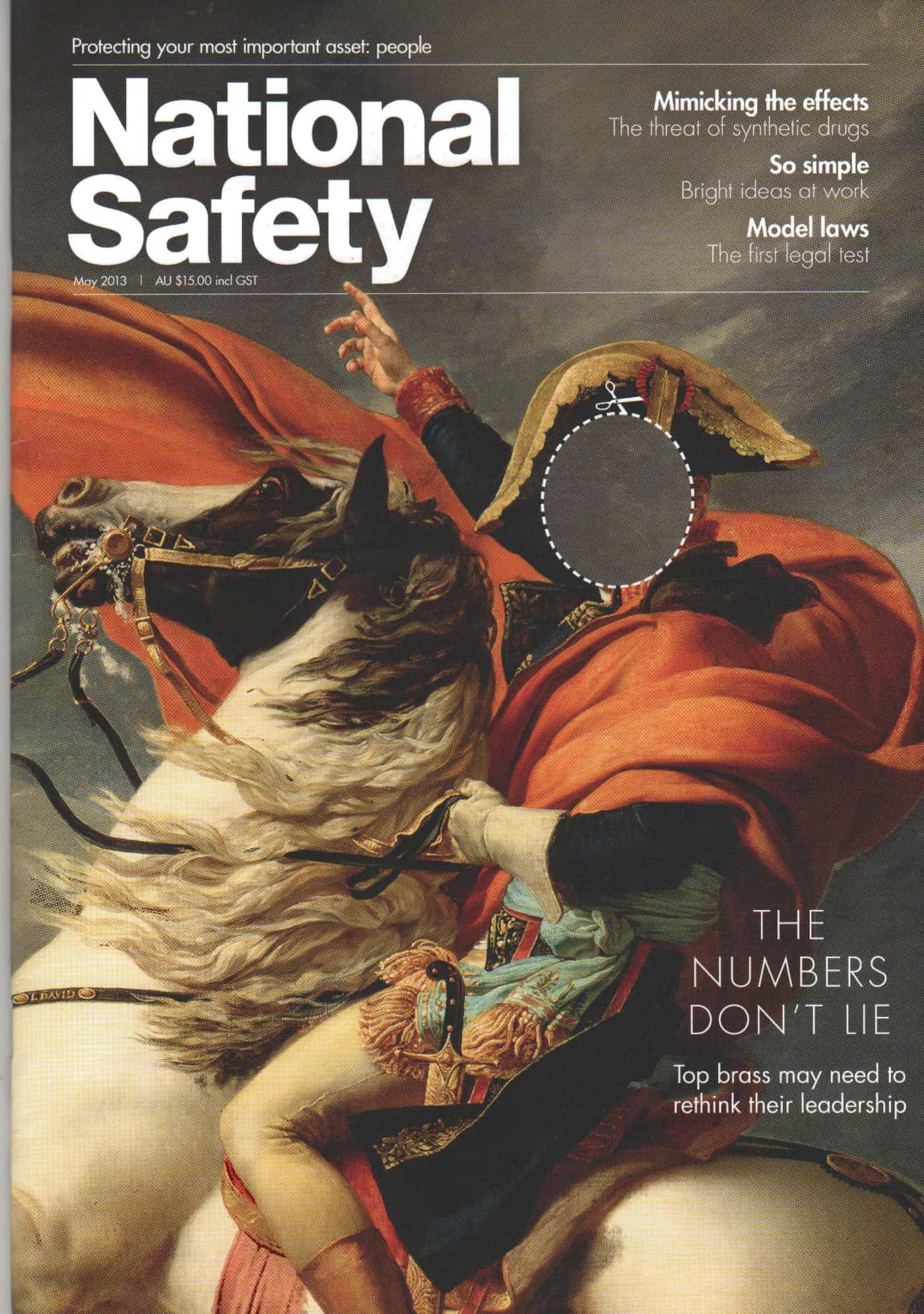 On 28 April 2013, New Zealand lawyer, Hazel Armstrong, published a 48-page book on how workplace fatalities and the management of the NZ rail industry has been related to politics and economics.
On 28 April 2013, New Zealand lawyer, Hazel Armstrong, published a 48-page book on how workplace fatalities and the management of the NZ rail industry has been related to politics and economics.
This is an ideological position more than anything else and the evidence is thin in much of this short book but there is considerable power in the description of the manipulation of occupational health and safety regulations and oversight during the political privatisation of the NZ rail sector. Many countries have privatised previously nationalised, or government-owned, enterprises usually on the argument of productivity and efficiency increases. Armstrong argues that these arguments were used to justify breaking the trade union dominance of the rail industry. Continue reading “New Zealand railways, red tape, politics and workplace deaths”




